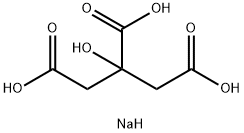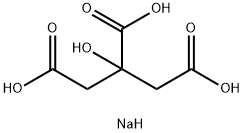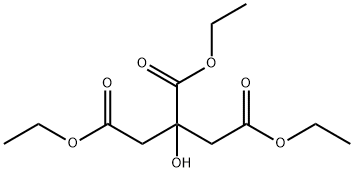β-HydroxyisovalericAcid , 10mMinDMSO , 625-08-1
Synonym(s):
3-Hydroxy-3-methylbutyric acid
CAS NO.:625-08-1
Empirical Formula: C5H10O3
Molecular Weight: 118.13
MDL number: MFCD00059081
EINECS: 626-699-8
| Pack Size | Price | Stock | Quantity |
| 1ml | RMB159.20 | In Stock |
|
| others | Enquire |
PRODUCT Properties
| Melting point: | ?80 °C (lit.) |
| Boiling point: | 88 °C/1 mmHg (lit.) |
| Density | 0.938 g/mL at 25 °C (lit.) |
| refractive index | n |
| Flash point: | 113 °C |
| storage temp. | Keep in dark place,Sealed in dry,Room Temperature |
| solubility | DMF:10.0(Max Conc. mg/mL);84.65(Max Conc. mM) DMSO:10.0(Max Conc. mg/mL);84.65(Max Conc. mM) Ethanol:10.0(Max Conc. mg/mL);84.65(Max Conc. mM) PBS (pH 7.2):10.0(Max Conc. mg/mL);84.65(Max Conc. mM) |
| pka | 4.38±0.10(Predicted) |
| form | Liquid |
| Specific Gravity | 1.10 |
| color | Pale yellow |
| Water Solubility | Soluble in water and ethanol. |
| BRN | 1743952 |
| InChIKey | AXFYFNCPONWUHW-UHFFFAOYSA-N |
| CAS DataBase Reference | 625-08-1(CAS DataBase Reference) |
Description and Uses
β-Hydroxy β-methylbutyric acid (HMB), or β-hydroxy β- methylbutyrate, is a metabolite of the essential amino acid leucine and is synthesized in the human body. It plays a part in protein synthesis and was discovered by Dr. Steven L. Nissen at Iowa State University. It has been used in scientific studies to purportedly increase muscle mass and decrease muscle breakdown. Nissen held the original patent on the metabolite as a nutritional supplement. It was discovered in pigs, and small quantities can also be found in grapefruit, alfalfa, and catfish. As a supplement it is usually sold as a calcium salt.
Research published in the Journal of Applied Physiology has shown that HMB may have an effect on increasing muscle weight and strength. A review in Nutrition & Metabolism provides an in depth and objective analysis of HMB research. The same study lists as HMB' s proposed mechanisms of action the following:
Increased sarcolemmal integrity via conversion to HMG-CoA
Enhanced protein synthesis via the mTOR pathway
Depression of protein degradation through inhibition of the ubiquitin pathway
Three grams of Calcium beta-hydroxy-beta-methylbutyrate per day may help muscles combat protein breakdown, assist in muscle repair and support increased endurance. Studies suggest its benefits may be greater for the untrained. Also, well-controlled scientific studies have found increases in muscle mass and decreases in body fat in 70 year old men. It has helped patients with chronic obstructive pulmonary disease in hospital intensive care units, muscle wasting associated with HIV or AIDS and with cancer, and trauma victims with severe injuries.
The human body produces about 0.2 - 0.4 grams per day. Standard doses in research studies have been 1.5 to 3.0 grams per day, usually divided into two doses.
3-Hydroxy-3-methylbutyric acid is a useful biochemical for synthesis and proteomics research. It is used as an indicator of biotin deficiency. Further, it is used to increase muscle mass and decrease muscle breakdown. In addition to this, it is involved in the protein synthesis.
Safety
| Symbol(GHS) |  GHS07 |
| Signal word | Warning |
| Hazard statements | H315-H319-H335 |
| Precautionary statements | P261-P264-P271-P280-P302+P352-P305+P351+P338 |
| Hazard Codes | Xi |
| Risk Statements | 36/37/38 |
| Safety Statements | 26-36 |
| RIDADR | UN 3334 |
| WGK Germany | 3 |
| F | 10-13-21 |
| HS Code | 29181990 |




![Ethyl1-oxaspiro[2.5]octane-2-carboxylate](https://img.chemicalbook.com/CAS/GIF/6975-17-3.gif)

